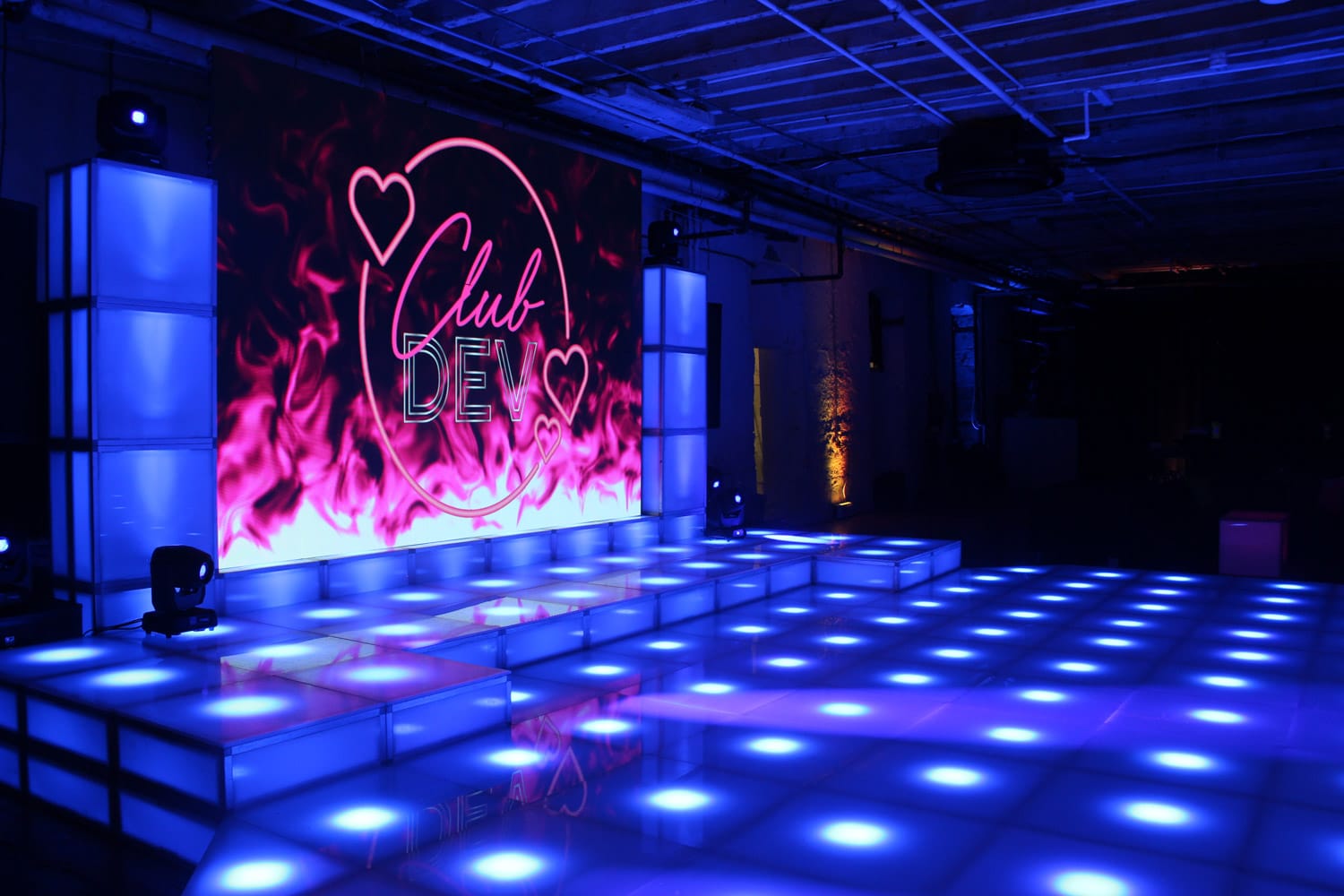Exploring the Longevity of Light Emitting Diode Wall Screens in Contrast to Traditional Screen Technologies
Exploring the Longevity of Light Emitting Diode Wall Screens in Contrast to Traditional Screen Technologies
Blog Article
Light-emitting diode wall screens have become increasingly favored in current years, particularly in settings like schools, businesses, and community spaces. These screens use light-emitting diodes (LEDs) to produce vivid and lively images. One of the most significant benefits of LED innovation is its durability compared to traditional display methods, such as cathode ray tubes (CRTs) and LCD display screens. Grasping the distinctions in lifespan and performance between these technologies can help buyers make knowledgeable decisions about their screen requirements.
Traditional screen technologies, like CRTs, have been present for many years. They were frequently used in televisions and PC screens. However, CRTs have a shorter duration, typically lasting around 10,000 to 20,000 hrs of use. This means that after a couple of years, users may observe a decline in picture clarity, such as dimming or color deformation. In contrast, LED wall screens can last considerably longer, often exceeding 50,000 hrs. This prolonged lifespan means that consumers can experience consistent functionality without the requirement for frequent replacements.
Another crucial factor to consider is power conservation. LED wall screens consume less energy than traditional displays, which not only benefits the ecosystem but also reduces electricity expenses. For instance, while a CRT monitor may use approximately 100 W of power, an LED screen can use as little as 30 to 50 W. This discrepancy in energy consumption adds to the total longevity of LED technology, as reduced energy usage generates less thermal energy. Excess thermal energy can harm electrical parts, resulting to a shorter duration for traditional screens.
In furthermore to their longer lifespan and power conservation, LED wall panels also provide superior image clarity. They provide brighter colors and improved contrast, making them ideal for multiple uses, from marketing to learning presentations. The technology behind LED screens enables for a wider viewing angle, meaning that visuals stay clear and vibrant even when viewed from the flank. This is a major advantage over traditional displays, which frequently experience from color distortion and diminished luminosity at broader angles.
In conclusion, the longevity see page of LED panel screens in contrast to conventional screen technologies is a crucial aspect for buyers to consider. With lifespans that can exceed 50,000 hours, power conservation, and enhanced image quality, LED technology provides many advantages. As innovation continues to advance, LED wall screens are probably to turn even more common in multiple settings. Understanding these differences can assist people and entities make better choices when investing in display innovation, ensuring they receive the optimal worth for their requirements.